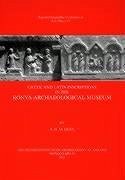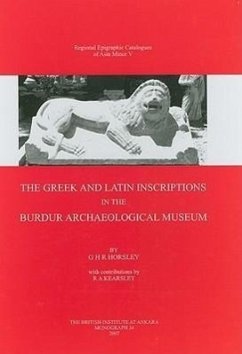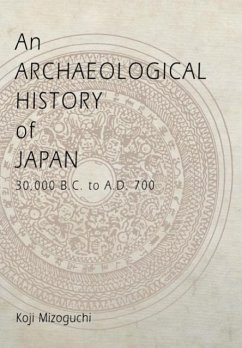Nicht lieferbar

Curating Archaeological Collections
From the Field to the Repository
Versandkostenfrei!
Nicht lieferbar




Introduction to curation and preservation of archaeological materials.
Lynne P. Sullivan is curator of archaeology at the Frank H. McClung Museum and research associate professor in the Department of Anthropology at the University of Tennessee. S. Terry Childs is an archaeologist in the Archeology and Ethnography Program of the National Park Service in Washington, D.C.
Produktdetails
- Verlag: Altamira Press
- Seitenzahl: 200
- Erscheinungstermin: 12. März 2003
- Englisch
- Abmessung: 238mm x 151mm x 16mm
- Gewicht: 395g
- ISBN-13: 9780759104020
- ISBN-10: 0759104026
- Artikelnr.: 21084317
Herstellerkennzeichnung
Libri GmbH
Europaallee 1
36244 Bad Hersfeld
gpsr@libri.de
Für dieses Produkt wurde noch keine Bewertung abgegeben. Wir würden uns sehr freuen, wenn du die erste Bewertung schreibst!
Eine Bewertung schreiben
Eine Bewertung schreiben
Andere Kunden interessierten sich für










